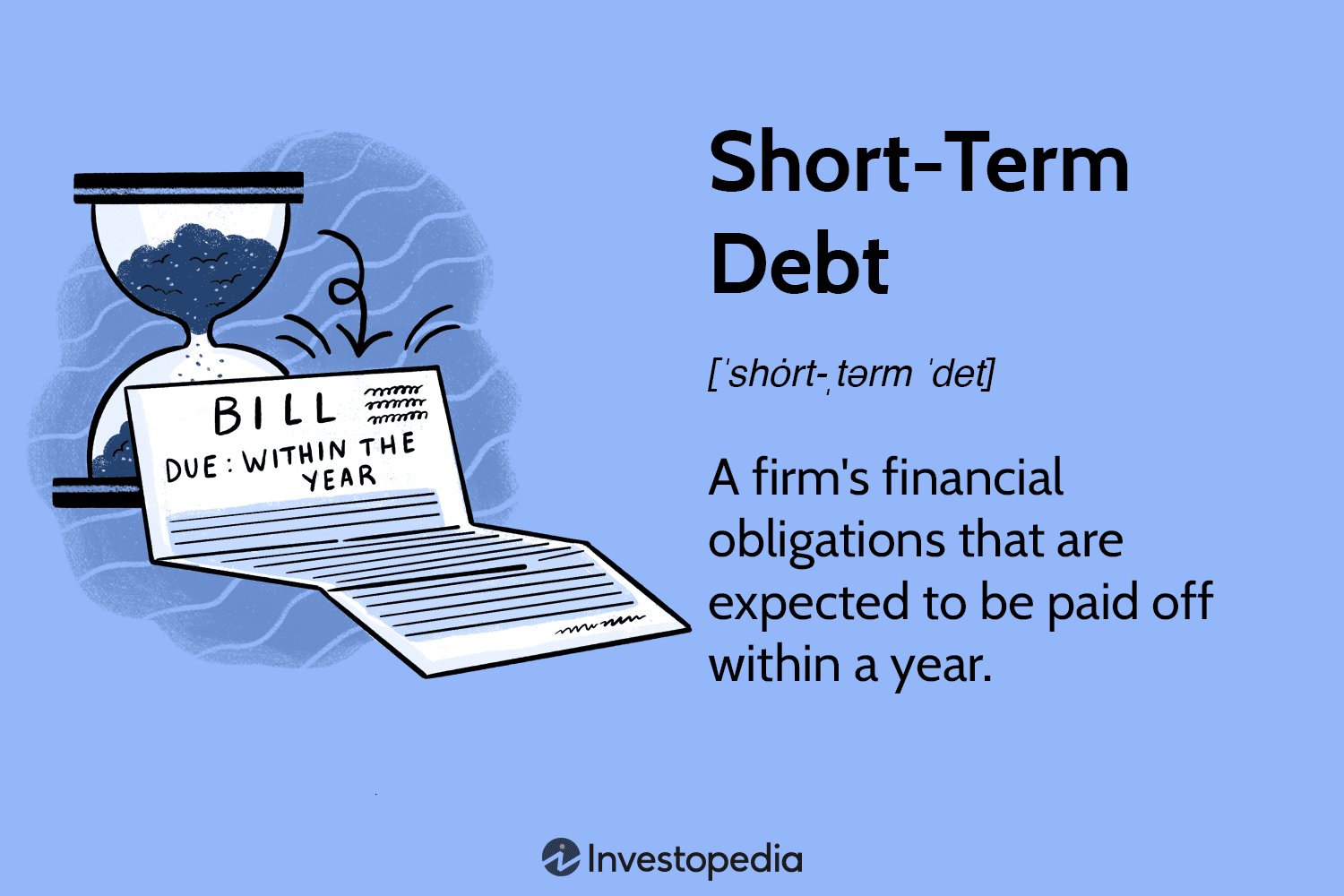What is a sinking fund and its uses? In simple terms, a sinking fund is a pot of money set aside for a specific purpose. It acts as a safety net, allowing individuals or organizations to save a little each month towards a specific financial goal or obligation. Whether it’s repaying debt, funding a future project, or covering unexpected expenses, a sinking fund provides the necessary financial cushion. In this article, we’ll explore the concept of a sinking fund in more detail, and delve into its various practical applications. So, let’s dive in and uncover the potential benefits and uses of a sinking fund.
What is a Sinking Fund and its Uses?
A sinking fund is a financial strategy used by individuals, businesses, and governments to set aside money over time for a specific purpose or to repay a debt. It involves regularly contributing funds into a separate account or investment vehicle to accumulate a specified sum of money by a predetermined date.
Sinking funds are particularly useful in long-term financial planning and budgeting as they enable individuals or organizations to save gradually and consistently for future expenses. They are commonly employed to cover major, anticipated expenses or to ensure the timely repayment of debts. In this article, we will delve deeper into the concept of sinking funds and explore their various uses.
How Does a Sinking Fund Work?
A sinking fund operates on the principle of setting aside money in a separate account, often held by a trustee, specifically designated for a particular purpose. The funds are accumulated through regular contributions, typically made on a monthly or quarterly basis, over a predetermined period.
Here’s a step-by-step breakdown of how a sinking fund works:
1. Identify the Purpose: Determine the specific goal or expense that the sinking fund will be used for. This could include saving for a down payment on a house, replacing a vehicle, or repaying a long-term debt.
2. Calculate the Required Amount: Determine the total amount of money needed to achieve the goal or cover the anticipated expense. This will help establish how much you need to contribute to the sinking fund each period.
3. Set a Time Frame: Establish a timeline for when you expect to reach the desired amount. This will depend on factors such as the size of the goal, your financial capacity, and any associated deadlines.
4. Regular Contributions: Make consistent contributions to the sinking fund at regular intervals. This can be done through automatic transfers from your primary bank account or by allocating a portion of your income specifically for the sinking fund.
5. Investment Options: Depending on the time frame and financial goals, you may choose to invest the sinking fund contributions to generate returns. This could involve placing the funds in low-risk investments such as bonds, money market funds, or savings accounts.
6. Monitor and Adjust: Regularly review the progress of your sinking fund to ensure you’re on track to reach the desired amount within the set timeframe. Adjust the contribution amounts if necessary based on changes in financial circumstances.
7. Utilize the Fund: Once the target amount is accumulated, use the sinking fund to cover the designated expense or repay the debt. This ensures that the necessary funds are readily available without straining your day-to-day finances or resorting to additional borrowing.
Common Uses of Sinking Funds
Sinking funds can be applied to various financial scenarios, offering individuals, businesses, and governments a structured approach to long-term financial planning. Some of the most common uses of sinking funds include:
1. Debt Repayment
Using a sinking fund to repay debt is a proactive approach to financial management. By consistently contributing to the sinking fund, you can accumulate the necessary funds to repay the debt in full and avoid the burden of high-interest payments. This strategy is commonly employed in mortgages, student loans, and business loans.
2. Major Purchases
Sinking funds are an effective strategy for saving up for major purchases such as a new vehicle, home renovations, or a dream vacation. By setting aside funds over time, you can achieve these goals without having to rely heavily on credit or loans. Sinking funds provide a disciplined and structured approach to ensuring that funds are readily available when needed.
3. Business Expansion
Businesses often utilize sinking funds to finance expansion plans or fund future projects. By consistently contributing to a sinking fund, a company can accumulate the necessary capital to invest in new equipment, expand operations, or even acquire other businesses. Sinking funds provide a source of internally generated funds that can be used to grow the business without incurring excessive debt.
4. Infrastructure Maintenance
Governments and municipalities frequently employ sinking funds to cover the costs of infrastructure maintenance and repair. By setting aside funds over time, they can ensure that necessary repairs and upgrades are carried out without burdening taxpayers with unexpected and significant expenses. This approach helps maintain the quality and functionality of essential public infrastructure.
5. Retirement Planning
Sinking funds can also play a crucial role in retirement planning. By consistently contributing to a sinking fund dedicated to retirement, individuals can build up a substantial nest egg over time. This fund can be used to supplement pension plans or other retirement savings, providing a reliable source of income during retirement years.
The Advantages of Sinking Funds
Sinking funds offer several advantages for individuals, businesses, and governments alike. Here are some key benefits:
- Financial Stability: Sinking funds provide financial stability by ensuring that funds are readily available for planned expenses or debt repayments. This reduces reliance on credit and loans, thereby minimizing the risk of debt-related stress.
- Disciplined Saving: Sinking funds facilitate disciplined saving as they require consistent contributions over a specific period. This helps cultivate a savings habit and ensures that funds are continuously set aside for future needs.
- Cost Management: By saving gradually over time, sinking funds allow for better cost management. They help avoid financial strain by spreading out the expenses over an extended period, rather than facing a large, one-time financial burden.
- Reduced Interest Payments: Utilizing a sinking fund to repay debt can significantly reduce interest payments. By accumulating the necessary funds to repay the debt in full, borrowers can avoid paying unnecessary interest over an extended period.
- Flexibility: Sinking funds offer flexibility as they can be customized according to specific financial goals. The contribution amounts, time frame, and investment options can be adjusted to suit individual circumstances and preferences.
In conclusion, sinking funds are a practical and effective financial tool for saving, budgeting, and debt repayment. They provide a structured approach to achieving long-term financial goals and ensuring the timely repayment of debts. By consistently contributing to a sinking fund, individuals, businesses, and governments can better manage their finances, reduce reliance on credit, and prepare for anticipated expenses. Incorporating sinking funds into your financial planning can help you achieve greater financial stability and peace of mind.
What is a Sinking Fund and How Do You Create One?
Frequently Asked Questions
Frequently Asked Questions (FAQs)
What is a sinking fund and how is it used?
A sinking fund is a reserve set aside by an organization, government, or entity to gradually accumulate and allocate funds for a specific purpose. It is commonly used to cover future financial obligations or address long-term debt repayment. The money deposited into the sinking fund is invested to generate returns and grow over time, ensuring that sufficient funds are available when needed.
Why do organizations create sinking funds?
Organizations create sinking funds to ensure they have enough financial resources to meet upcoming obligations or pay off debts. By regularly setting aside funds in a sinking fund, organizations can proactively plan for future financial requirements, avoiding the need for sudden and significant cash outlays or potential default.
What are the benefits of using a sinking fund?
Using a sinking fund offers several benefits. It provides financial stability, ensures the availability of funds when needed, and reduces the risk of default. Additionally, a sinking fund allows organizations to take advantage of investment opportunities to grow their funds while they await future debt payments or expenses.
How does a sinking fund work?
A sinking fund works by systematically setting aside money over a defined period. The funds are invested in low-risk investment vehicles, such as bonds or Treasury securities, to generate income. As the sinking fund grows, it accumulates interest, enabling the organization to have a larger amount available to meet future financial commitments.
What are the common uses for a sinking fund?
Sinking funds are commonly used for various purposes, including repaying bonds, servicing long-term debt, funding large capital projects, replacing assets, and fulfilling pension obligations. By designating specific uses for the sinking fund, organizations can ensure that the funds are appropriately allocated and readily available when needed.
How is a sinking fund different from an emergency fund?
While both sinking funds and emergency funds involve saving money for future needs, they serve different purposes. A sinking fund is specifically earmarked for a particular purpose or financial obligation, like debt repayment or capital projects. On the other hand, an emergency fund is reserved for unexpected expenses or financial emergencies.
Can individuals or households create sinking funds?
Yes, individuals and households can create sinking funds. By setting aside money regularly for specific financial goals, such as buying a house, paying for education, or funding retirement, individuals can build up a sinking fund to ensure they have sufficient funds when those expenses arise.
How can sinking funds help with long-term financial planning?
Sinking funds play a crucial role in long-term financial planning by helping individuals and organizations allocate funds for future financial obligations. By creating a sinking fund, individuals can break down large expenses into manageable amounts over time, making it easier to achieve their financial goals without relying heavily on credit or loans.
Final Thoughts
A sinking fund is a designated pool of funds set aside for a specific purpose, typically to repay debt or fund a future liability. It is a smart financial strategy that helps individuals and businesses plan for future expenses and avoid financial strain. Sinking funds can be used for various purposes such as paying off loans, funding large purchases, covering unexpected expenses, or even saving for retirement. By regularly contributing to a sinking fund, one can ensure financial stability and avoid relying on credit or incurring additional debt. In summary, a sinking fund is a valuable tool with diverse uses that enable individuals and businesses to proactively manage their finances and secure their financial future.



